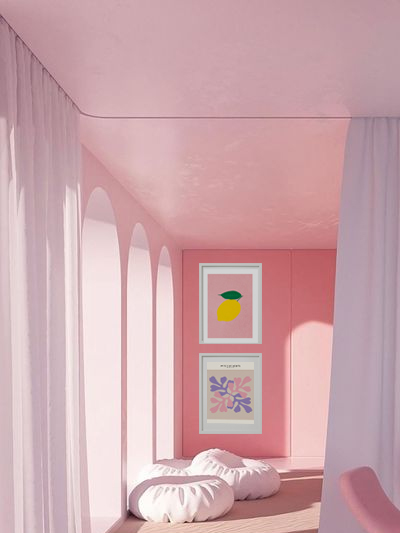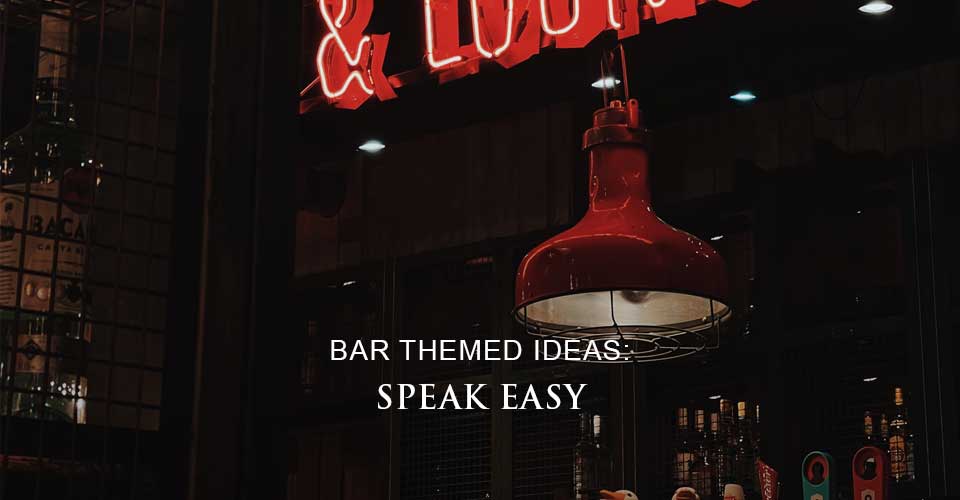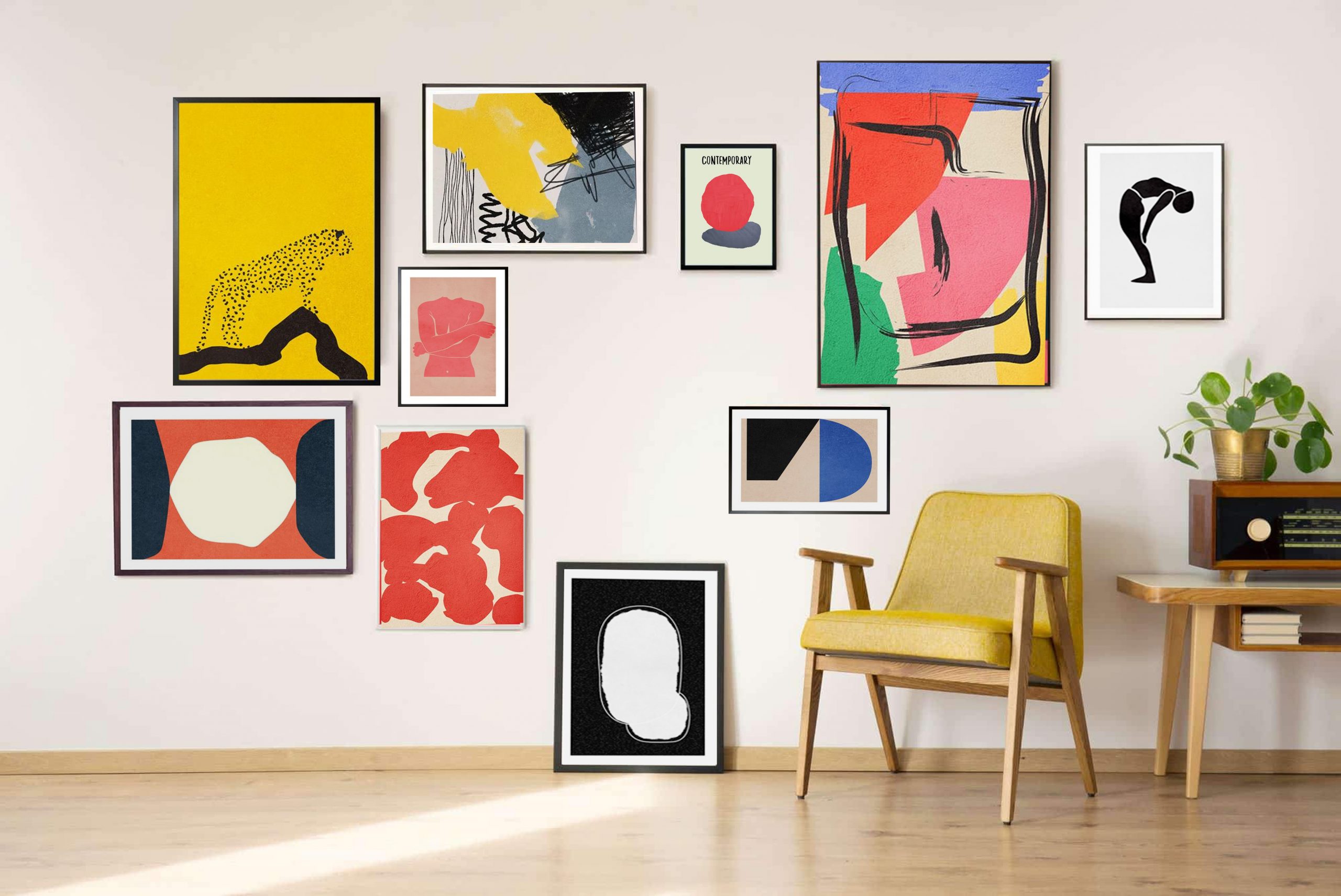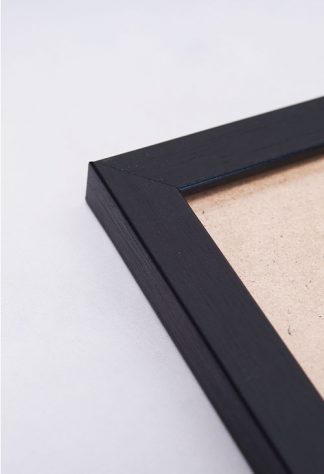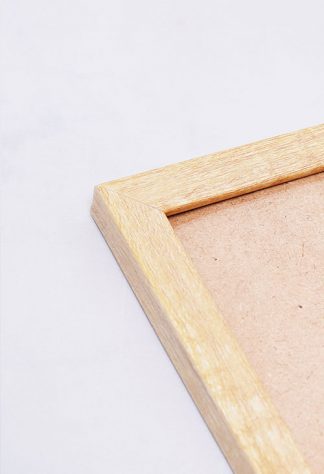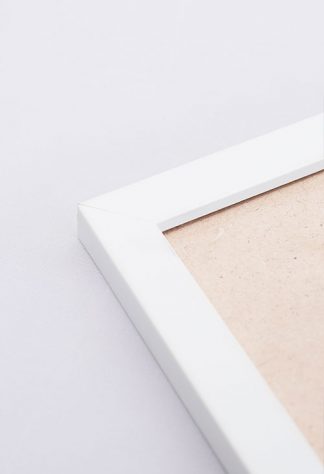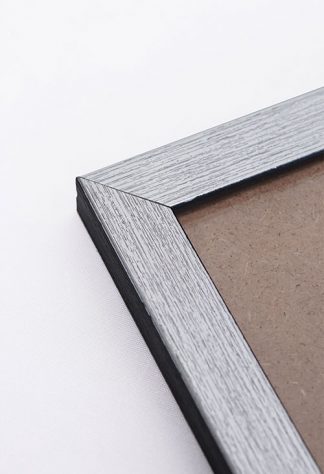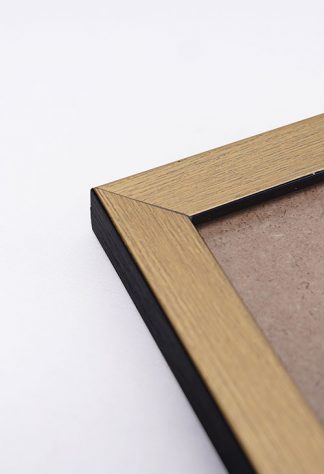Art is a form of expression and it has been created to set the mood when viewed. Creating and looking at art has its benefits, both in mind and body. Art is used as a tool to help people relax. The colors, subject, designs, and arrangement have been used to promote relaxation. However, only specific aspects of art are good for relaxation. This includes its harmony with its surroundings. Here are some factors that need to be considered so that art can help create a relaxing mood.
Colors
We all are aware that there are different colors on the color wheel. In general, they are grouped as warm and cool colors. Brighter colors promote energy and activity, while dark colors tend to promote moodiness, reflection, and melancholy. As such, carefully choosing the colors for your home is important if you want to set the right atmosphere.
The display of paintings with bright and warm colors, such as red and orange is not recommended if you want to relax. Red is associated with energy, passion, strength, aggressiveness, and masculinity. Different shades of color are often used in festivities around the globe. This is also true with the color orange as it promotes a high level of activity.
More subtle colors, like pink, can aid relaxation. It is also known to motivate and enhance confidence. Yellow is likewise considered to be a friendly color.
If you are looking for pictures for a more relaxing vibe, then the best choice is those that mimic natural elements. Blue is a calm color with sedative nature that stimulates cool temperatures to which people respond with serenity. Green also promotes peace and creates balance. Studies have also shown that shades of green can help lessen depression, nervousness, and anxiety.
Purple is a combination of blue and red, meaning that it has the qualities of both colors. It is soothing like blue but bold as red.
The subject
There are many subjects to be used and displayed in your space. Subjects can either help or block relaxation. Landscapes, especially where water is featured are highly recommended to promote a relaxing state.
Lines are also important as they influence the direction of the gaze of the viewer. Lines also add illusion and depth to the image. Heavy angular lines convey a message of tension and dynamism, while oblique lines promote a sense of movement. Horizontal, straight lines give an impression of space, calm, and tranquility, especially when used in landscape photography.
Artwork with a simple, single focus is relaxing, while an artwork with a lot of clutter can be ab eyesore.
Display
Anything that is cluttered, whether you are talking about a painting, print, photograph, or furniture arrangement, can cause a feeling of anxiety. Another example is a wall that is filled with different colors can be irritating and not conducive to relaxation.
These decorative items should be in harmony with the surroundings. As such, the most dominant colors should blend with the other decorative items in a room.
